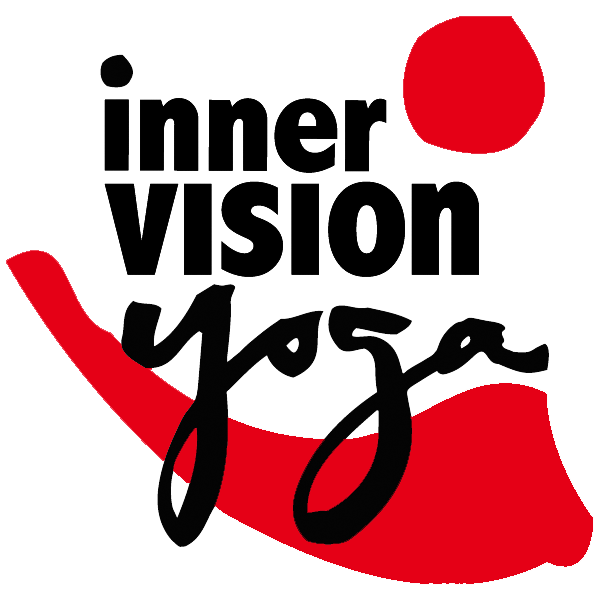A Brief Overview of Yoga
By Jeff Martens
Yoga is the ancient practice of Unity with early branches extending into Jainism, Buddhism and the Hindu Tradition. It is one of the oldest traditions on the planet emphasizing Divine unity.
The ancient Yogi ascetics initially practiced asana to further their ability to meditate and develop psychic powers as well as to embark on the path of unity. Originally communicated in Sanskrit, yoga was an oral tradition handed down from teacher to student. Patanjali collected these oral traditions as the cornerstone of classical yoga philosophy and organized them into the beautiful aphorisms of the Yoga Sutras around 500 BCE. Other classic texts dating from 2000 BCE and earlier include the Hatha Yoga Pradipika, the Vedas, the Upanishads and the Bhagavad Gita.
Yoga is a complete art and science of which the physical postures were but a small part until a hundred or so years oago. The more contemplative branches of yoga (Jnana, the yoga of vision or wisdom, and and Raja, the yoga of meditation) first sparked interest in the United States transcendental Movement in the 1850s with Emerson and Thoreau influenced such noteable historic figures as Gandhi and Martin Luther King Jr. Other branches of yoga include Karma Yoga (yoga of action and service), Bhakti Yoga (Yoga of Devotion) and Vichar (Self-Enquiry). Yoga was introduced in the United States in the 20th century by Yogic Masters such as Paramahansa Yogananada, and Yogi Bhajan, among others. Currently, hatha yoga is the Yoga of choice of many in the USA, evolving from distinct styles introduced by visiting teachers from India (primarily Krisnamacharya). Hatha Yoga is the practice of using physical postures to help calm the mind so that we may begin to realize our true state of being. Hatha masters B.K.S. Iyengar, Bikram, TKV Desikachar and Pattabhi Jois have also had a profound effect on the consciousness of Yoga in the United States.
Today, yoga’s many styles from a central trunk of Divine Unity. In its highest form, the practice of yoga offers the devotee an opportunity to rediscover the true self, the soul or Atman in this current life. Each branch of yoga provides a unique perspective that is as applicable today as it would have been many thousands of years ago. Though there are many branches to choose from, it is most significant that all paths stem from the same root and reach into the same sky.
Some Other Yoga Masters/Branches and Styles of Yoga
- Baba Hari Das (Mt. Madonna Center)
- Paramahansa Yogananda (Self Realization Fellowship)
- Swami Sivananda Saraswati (Sivanada Yoga Vedanta Centers)
- Swami Satchidananda (Integral Yoga)
- Swami Kripalvananda (Kripalu Yoga)
- Maharishi Mahesh Yogi (Transcendental Meditation)
- Krishnamacharya (Indra Devi Foundation, Ashtanga, Iyengar and Viniyoga)
- Muktananda (Siddha Yoga)
- Ramakrishna (Vedanta Centers and Swami Vivekananda)
- Yogi Bhajan (Kundalini Yoga, 3HO Foundation)
- Buddhist Siddha Yogis (Tibetan Yoga)
- Shankara (Himalayan Institute, Swami Rama)
- Osho (All styles, No Styles)
- Ramana Maharishi and Sri HWL Poonja (Papaji) (Vichar – Self-Enquiry)
Jeff Martens is a teacher, writer and co-owner of Inner Vision Yoga. All suggestions are voluntary. Consult a qualified teacher or your physician before you embark on any practice in which you are unfamiliar.
